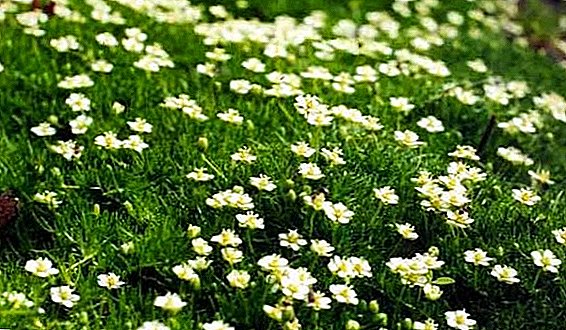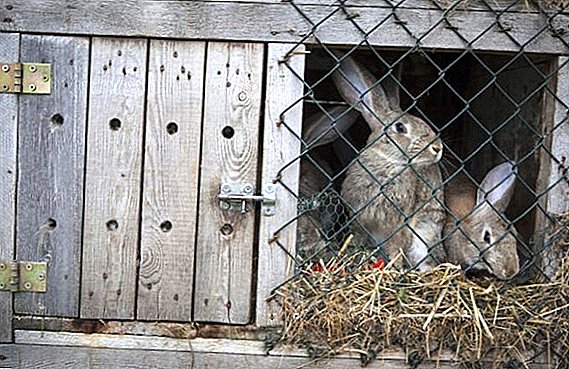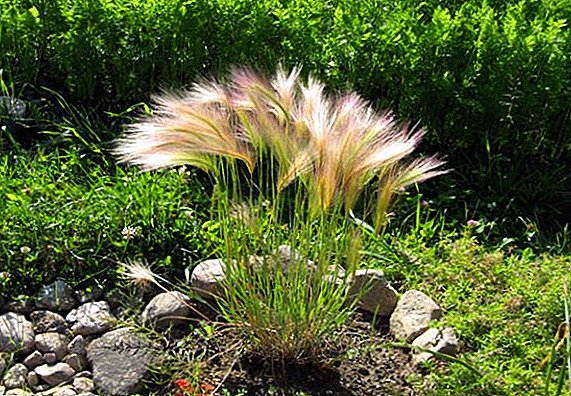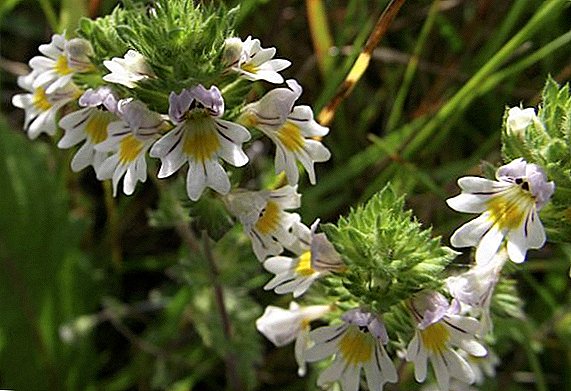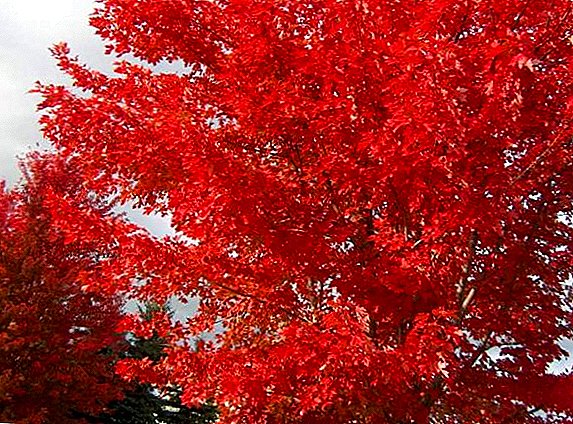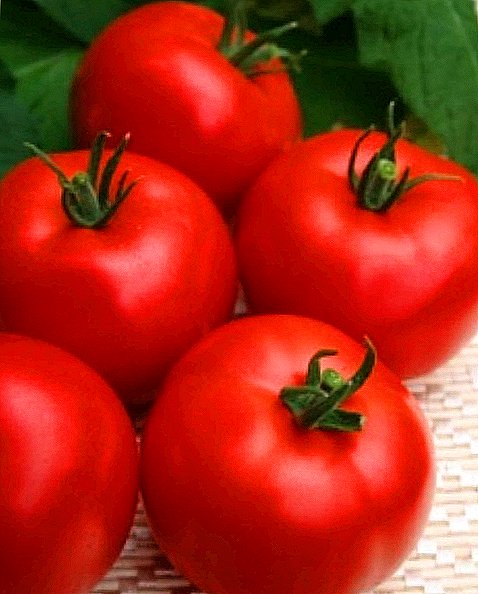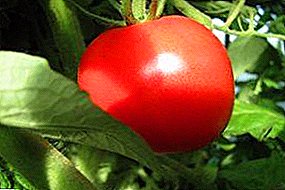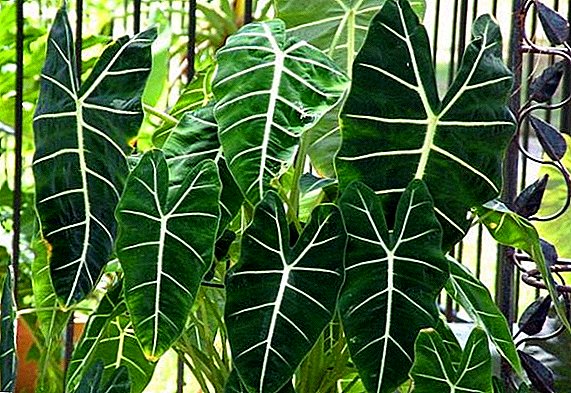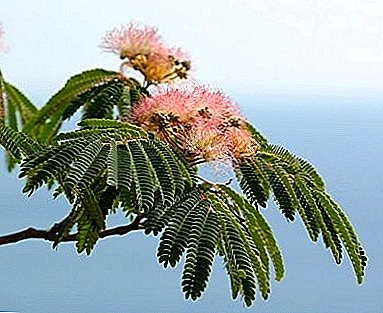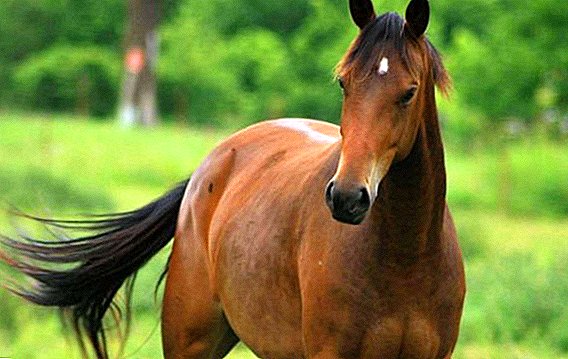 Horse tamed by man since time immemorial, in an economy that was the first assistant.
Horse tamed by man since time immemorial, in an economy that was the first assistant.
If at first the strong animal was used as a horse-drawn vehicle and force, today significantly expanded its role.
Our article is devoted to novice horse owners and the choice of the first horse.
What breed of horse to choose
Work in harness, horse riding or horse racing require special skills and character from an animal, a breed that is focused on a specific goal.
Did you know? The ancestor Orlov trotters were Arabian horses bought by Count Orlov. Cream-colored horse named Smetanka was worth crazy money at the time - 60 thousand rubles (the price of a small village with peasants).
For racing
The following breeds are considered to be the best, fastest, and hardiest in this area:
- Arabic Siglavi - graceful and fast horses, extremely harmonious in competitions (vaulting, dressage, jumping, distance runs);
- Arabic Coheline - large and hardy, has all the necessary qualities for racing or racing;
- coheline siglavi - very successful work of breeders, combining the best qualities of the two breeds;
- Hadban - The Arabian horse, possessing high growth, endurance and strong muscular mass, perfectly proved itself in races and other equestrian competitions;
- Akhal-Teke - once a war horse of nomadic peoples, today is an excellent fighter of equestrian competitions: triathlon, dzhigitovka, baiga, long distance races;
- English racing - the sports breed showing high results in equestrian sport is considered one of the fastest.






For team
For teams need a horse with an agreeable and peaceful disposition, not timid.
Horse breeds such as horse breeds, Andalusian, Frisian, Orlov trotter and Vladimir heavy truck are also suitable for the team.
The most suitable in this regard are the following breeds:
- Bashkir - obedient, trainable, calm and in harness, and in horseback riding;
- Tinker or Irish Cob - the animal differs remarkably calm, even phlegmatic character, perfect for the beginner;
- Kladrubskaya - graceful horses adorn any harness, travel, have a peaceful and good character;
- Tenessian - hardy recreational animals were bred for the needs of planters; now they are used in harness, in secular departures by the crew.




How to choose a horse
Choosing your first pet, you need to pay attention to several factors that are important to your further communication.
Age
Today, thanks to proper care and veterinarian control, a horse can live up to thirty years. Given this fact, it is desirable for inexperienced people to look at adults, the optimal age is from eight to fifteen years.
The older the animal, the more likely it is to have health problems. But too young animal younger than seven years, it is not necessary to take, if there is no experience in handling and training.
Important! Age in horses is determined by the teeth. By the age of twenty the rubbing (working) surface of the horse-cutters takes a triangular shape, after twenty it becomes longitudinal-oval.
Height and weight
For sports activities, the horse must fit the rider in size. The back of the animal should not sag under the weight of the rider. The height of the horse should not significantly exceed the size of the rider, otherwise it will be difficult to control the horse  Too tall at the withers, above 175 cm, indicates a large total weight of the animal. This factor in the future could provoke in pet problems with joints, which account for a large load. The optimal growth is from 168 to 172 cm.
Too tall at the withers, above 175 cm, indicates a large total weight of the animal. This factor in the future could provoke in pet problems with joints, which account for a large load. The optimal growth is from 168 to 172 cm.
The weight of animals is calculated according to special tables and indices, but the main thing to know is that a pet cannot be overfed, the more weight, the less mobility and dexterity. It is important that the horse has developed muscle mass, and not fat.
Appearance and health
To ensure the health of the animal, you should conduct a thorough inspection starting from the head:
- head and neck - large or medium size, in proportion with the size of a straight and flexible neck, ears stand up;
- mouth - ganash broad, mucous membrane of the mouth and gums pink, correct bite, the same degree of erasing the teeth;
- nose - the nostrils should be clean, slightly moist and have no discharge. Dry nostrils talk about health problems;
- eyes - clean and bright, with no signs of inflammation and mucus membranes transparent with no pallor and blue;
- chest - the rib cage is round, with great depth, the muscles should stand out in relief;
- back - straight and wide, with prominent shoulder muscles, wide withers, strong loins and slightly sloping croup;
- tail - free hanging;
- leather - elastic, it moves through the tissues lying underneath, wool without bald patches, smooth and shiny;
- legs - two pairs of legs must be widely delivered, the touch is not to be anti-inflammatory therapies do not have the seal;
- hooves - proportional size, with a strong horn, a concave sole and developed arrows, without creases and cracks;
- genitals - the genitals of the gelding should be clean, without edema and inflammation, the testicles are located in the scrotum hidden between the thighs, while walking the organs are not visible, in the mare the external genitalia are clean, the mucous is pink.

Move
When purchasing a stallion for riding or walking in a harness, you need to ask what kind of gait he was used to, how soft his turn was. For example, in the riding riding bareback ideal stepping individuals, and to harness the trotters.
Important! Animals are examined not only in a fixed position. In order to detect possible defects in the limbs, or hooves, buy a copy of a circle is carried out in different directions.
Allure or the course of the horse can be different, there are three main types:
- step - step animal can reach speeds of up to seven kilometers per hour, in a move to be a few hours, it moves a step loaded specimen;
- lynx - the developed speed is up to thirteen kilometers per hour, at such a pace the animal cannot move for a long time and often moves to a step, the animal can carry the load at a trot if the weight of the load is no more than seven percent of its own weight;
- gallop - The fastest pace of movement. Depending on the type of gallop, the speed varies from twenty to seventy kilometers per hour. If necessary, such a pace of the animal moves without interruption for about twenty minutes.
Did you know? Record jump from the horse rider has been registered in 1949 in the Guinness book of records. The height of the jump is two meters forty seven centimeters.
Character
The nature of an adult animal depends largely on how it was treated by the previous owner. In bad conditions, the nature of the animal deteriorates, it becomes stubborn, nervous and even aggressive. Such an individual can lose a rider, do not give to approach him.  When conducting a visual inspection, look at the behavior of the animal, a calm individual should not exhibit the following habits:
When conducting a visual inspection, look at the behavior of the animal, a calm individual should not exhibit the following habits:
- nibbling the walls in the stall;
- chewing and biting motive;
- restless winding in different directions;
- scattering the feed provided;
- stepping over the limbs;
- hoofing the ground;
- spinning eyes and spinning ears;
- constant snort.
It is advisable to make the first purchase from verified breeders, carefully review all documents on the animal and especially veterinary certificates. Be sure to familiarize yourself with the conditions to which the horse was accustomed to the former place of residence.


